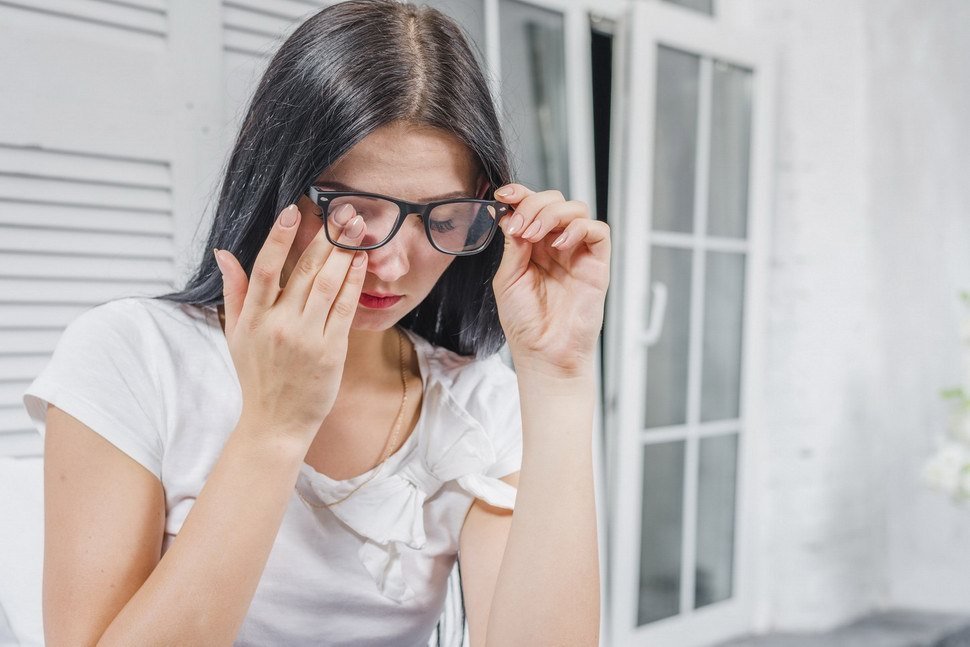Navigating 20/30 Vision: Causes, Effects and Treatment

Welcome to our comprehensive guide on 20/30 vision, a common eye condition that affects millions of people worldwide. Whether you’re someone dealing with this condition or simply curious to learn more, this guide will provide you with all the essential information you need to know.
What is 20/30 Vision?
First things first, let’s understand what 20/30 vision actually means. In optometry, 20/30 vision refers to a level of visual acuity where a person can see objects at a distance of 20 feet with the same clarity as someone with normal vision would at 30 feet. In simpler terms, it means that a person with 20/30 vision needs to be 10 feet closer to an object to see it as clearly as someone with perfect vision would from a distance of 30 feet.
Causes of 20/30 Vision

There are several factors that can contribute to 20/30 vision. One of the most common causes is refractive errors, such as nearsightedness (myopia) or farsightedness (hyperopia). These conditions occur when the shape of the eye prevents light from focusing properly on the retina, resulting in blurry vision at certain distances.
Other potential causes of 20/30 vision include:
- Astigmatism, which occurs when the cornea or lens of the eye is irregularly shaped, causing distorted vision.
- Age-related changes in the eye, such as presbyopia, which typically affects individuals over the age of 40 and leads to difficulty focusing on close-up objects.
- Eye injuries or diseases, such as cataracts or glaucoma, which can affect visual acuity if left untreated.
Effects of 20/30 Vision
Living with 20/30 vision can have various effects on daily life. While some individuals may only experience minor inconvenience, others may find that their condition significantly impacts their ability to perform certain tasks. Some common effects of 20/30 vision include:
- Difficulty reading or seeing small print, especially in low-light conditions.
- Straining to see distant objects clearly, such as road signs or faces across a room.
- Eyestrain, headaches, or fatigue, particularly after extended periods of reading or screen time.
- Challenges with depth perception or judging distances accurately, which can affect activities like driving or sports.
Treatment Options for 20/30 Vision

Living with 20/30 vision can pose challenges in various aspects of daily life, from reading to driving. However, the good news is that there are several treatment options available to help manage and correct this condition. In this guide, we’ll explore some of the most common treatments for 20/30 vision, ranging from non-invasive methods to surgical interventions.
Eyeglasses
Eyeglasses are one of the simplest and most effective ways to correct 20/30 vision. Prescription lenses can compensate for refractive errors in the eye, such as nearsightedness or farsightedness, allowing for clearer vision at all distances. Your optometrist will conduct a comprehensive eye exam to determine the appropriate prescription for your eyeglasses, taking into account factors such as the degree of refractive error and any other vision problems you may have.
Contact Lenses
Contact lenses offer another convenient option for correcting 20/30 vision. Like eyeglasses, contact lenses can be prescribed to address specific refractive errors and provide clear vision. They sit directly on the surface of the eye, offering a wider field of view and eliminating issues such as lens distortion that may occur with eyeglasses. However, it’s essential to follow proper hygiene practices and schedule regular check-ups with your eye care provider to ensure the health and comfort of your eyes when wearing contact lenses.
Refractive Surgery
For individuals seeking a more permanent solution to their vision problems, refractive surgery may be an option. Procedures such as LASIK (laser-assisted in situ keratomileusis) and PRK (photorefractive keratectomy) can reshape the cornea to correct refractive errors and improve visual acuity. Refractive surgery is typically recommended for individuals who have stable vision and meet certain criteria, such as having a sufficient corneal thickness and no underlying eye conditions that may affect the outcome of the surgery.
Preventing and Managing 20/30 Vision: Tips for Eye Health

Maintaining healthy eyes is essential for preventing and managing conditions like 20/30 vision. In this section, we’ll explore some practical tips and strategies for promoting eye health and minimizing the risk of vision problems.
Regular Eye Exams
Scheduling regular comprehensive eye exams with an optometrist or ophthalmologist is crucial for detecting and addressing vision issues early on. These exams can help identify refractive errors, eye diseases, and other conditions that may contribute to 20/30 vision. Depending on your age, family history, and overall eye health, your eye care provider may recommend annual or biennial exams to monitor your vision and detect any changes that require intervention.
Healthy Lifestyle Habits
Adopting a healthy lifestyle can benefit your overall well-being, including your eye health. Eating a balanced diet rich in fruits, vegetables, and omega-3 fatty acids can support optimal eye function and reduce the risk of age-related eye diseases such as macular degeneration and cataracts. Regular exercise, adequate sleep, and stress management techniques can also contribute to maintaining healthy eyes and reducing the likelihood of vision problems.
Eye Safety Practices
Protecting your eyes from injury and environmental hazards is essential for preserving vision. When engaging in activities that pose a risk of eye injury, such as sports or home improvement projects, wear appropriate protective eyewear, such as goggles or safety glasses. Additionally, be mindful of your surroundings and avoid exposing your eyes to harmful chemicals, pollutants, or excessive UV radiation from sunlight.
By incorporating these tips into your daily routine and prioritizing your eye health, you can take proactive steps to prevent and manage conditions like 20/30 vision. Remember that maintaining healthy eyes is a lifelong commitment, and regular eye care and healthy lifestyle habits are key to preserving clear vision and enjoying optimal eye health for years to come.
Conclusion
In conclusion, 20/30 vision is a common eye condition that affects many people to varying degrees. While it may present challenges in daily life, there are various options available for managing and correcting this condition, including eyeglasses, contact lenses, and refractive surgery. If you’re experiencing symptoms of 20/30 vision or have concerns about your eye health, be sure to consult with an optometrist or ophthalmologist for a comprehensive eye exam and personalized treatment plan. Remember, taking proactive steps to care for your vision is essential for maintaining optimal eye health and overall well-being.
Find out do Eyelashes really grow back with Careprost Eye Drops? Clear here to learn now!


